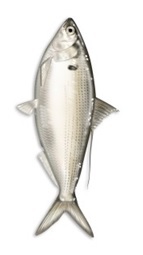Shadbush : Shadbush in Stories and Folktales
The shadbush is also known as Juneberry, Shadblow and Serviceberry. Each name reflects an aspect of a particular culture. It is called shadbush because its blooming coincided with the time when shad migrated upstream to spawn. The name serviceberry refers to church services. It takes part in people’s daily life. The time that shadbush blooms, marks the beginning of many human activities. Besides the beauty of the tree, it also has the stories and folktales that have been associated with this tree for hundreds of years.
One story is about the settlers of the New England. It says that the first settlers in this area usually planned funeral services at the same time that the tree bloomed. The settlers regarded the blooming as a sign that the ground had thawed sufficiently to be able to dig graves. That is the reason why shadbush is also called the “serviceberry tree”.
Along the Hudson River Valley, there is another story from thousands of years ago. When the shadbush blooms, it is also the time when massive spring shad fish swim up the river to spawn, thus the name “shadbush” or “shadblow”. Shads are generally dark on the back and the top of the head has blue violet, or greenish tints. They spawn in the late spring to the summer months. Most individuals die shortly after spawning (Ingram, 2007). In a book, called “When the Shadbush Blooms”, it talks about a young Lenape Indian girl who fishes for shad and recalls a time when her ancestor did the same.


